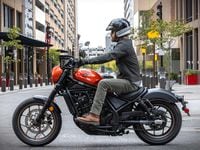The Kawasaki W800 looks and feels at home in 2019 just like it would have in 1979. Sure, it has been updated, but not to the level of modern streetbikes—that's not the point. This is a bike meant to get you where you want to go in style, evoking the emotion of a bygone era, and it does that well. After ending the bike's production in 2016, we're excited to see it brought back with a couple of stylish additions but maintaining that same classic feel we've always loved.
The paint, the stance, the headlight cowl—this bike immediately identifies itself as a retro-inspired model. The P-twin engine inspires memories of everything from Triumphs and BSAs to old Honda CB models and the original bike it's based on—the Kawasaki W1. Made from the mid-'60s into the '70s, the original Kawasaki W1 was built to compete with the British parallel twins of the time, with an engine almost identical to the BSA A10. The model was then brought back in 1999 as the W650, discontinued in 2007, and revived once more as the W800 from 2011 until 2016, then once more, as we see here for 2019.
The new W800 features a similar fuel-injected 773cc engine with a bevel gear-driven camshaft and four valves per cylinder as the last iteration of this model, but it's now Euro 4 compliant. Tested at 46 hp and 44 pound-feet of torque, the engine has the feel of a classic parallel twin, having decent pull at the clutch drop but needing to wind up to find real power, climbing until 6,000 rpm and hitting the limiter at 7,000. The engine was comfortable cruising at highway speeds of 65–80 mph without excessive vibration, never feeling like it was really being overworked. With a low compression ratio of 8.4:1, the bike is likely to be very reliable, but also somewhat easy to get more power out of if that's what you're looking for.
Housing the engine is an all-new double cradle steel frame and suspension components have been upgraded as well. The suspension is adequate at moderate speeds but starts to feel a little unstable when being pushed—both front and rear. Steady lines through turns would be interrupted by bumps and sent into a slight wobble, nothing too extreme unless you’re really booking, but, again, this isn’t the bike for dragging knees. Stock tires on this bike are not designed for high-speed performance, but rather for style—having deep grooves between the tread that track with the lines on the freeway. This was my only real problem with the bike, the way those tires tracked, feeling unstable and wobbly at high speeds on the highway. Riding on smoother asphalt, this wasn’t a problem at all. Front brakes worked well, stopping the bike quickly and easily with decent lever feel, but the back brakes were a little squishy, taking a real stomp to get firm application. The bike does come standard with ABS both front and rear.
At $9,800, the Kawsaki is $500 more than its most direct competitor: the Triumph Street Twin. The W800 does have the classic fairing and nice paint, but Triumph is sort of the name when it comes to vintage-styled parallel twins. Pair that with the larger engine on the Bonneville and the decision is pretty clear, at least for us. Any way you look at it, though, this bike is fun to ride, has great styling, and is bound to get many a smile and wave when riding around town.
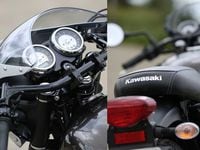
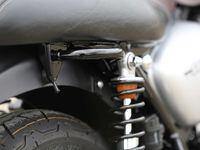
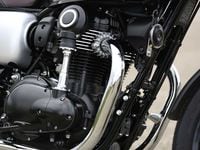
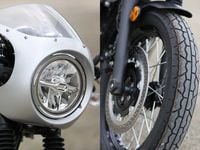
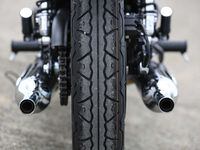
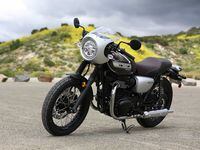
/cloudfront-us-east-1.images.arcpublishing.com/octane/OQVCJOABCFC5NBEF2KIGRCV3XA.jpg)
/cloudfront-us-east-1.images.arcpublishing.com/octane/F3O2DGLA4ZBDJGNVV6T2IUTWK4.jpg)
/cloudfront-us-east-1.images.arcpublishing.com/octane/ZXYQE3MHLFDSPKNGWL7ER5WJ4U.jpg)
/cloudfront-us-east-1.images.arcpublishing.com/octane/RDF24VM7WVCOBPIR3V3R4KS63U.jpg)
/cloudfront-us-east-1.images.arcpublishing.com/octane/W7RSIBFISNHJLIJESSWTEBTZRQ.jpg)
/cloudfront-us-east-1.images.arcpublishing.com/octane/AERA26ENRNBW3K324YWCPEXYKM.jpg)
/cloudfront-us-east-1.images.arcpublishing.com/octane/YWX3YX7QBBHFXFDMEEEKRG4XJE.jpg)
/cloudfront-us-east-1.images.arcpublishing.com/octane/I7OKI53SZNDOBD2QPXV5VW4AR4.jpg)
/cloudfront-us-east-1.images.arcpublishing.com/octane/IH52EK3ZYZEDRD3HI3QAYOQOQY.jpg)
/cloudfront-us-east-1.images.arcpublishing.com/octane/K2FSAN7OWNAXRJBY32DMVINA44.jpg)
/cloudfront-us-east-1.images.arcpublishing.com/octane/G4XK7JL24FCUTKLZWUFVXOSOGE.jpg)
/cloudfront-us-east-1.images.arcpublishing.com/octane/JJNXVAC27ZCDDCMTHTQZTHO55Y.jpg)
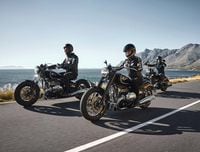
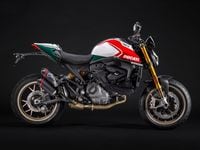
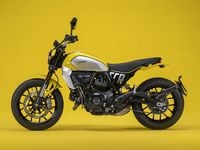
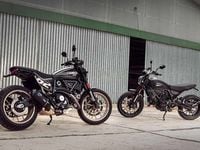
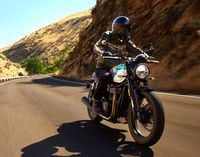
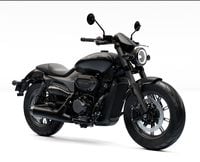
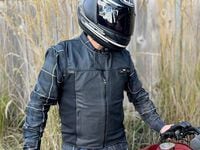
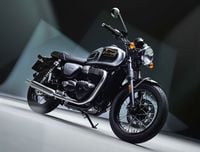
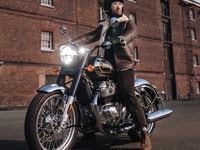
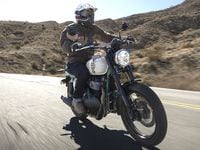
/cloudfront-us-east-1.images.arcpublishing.com/octane/3VSTLPKOHNFTRJTIAAXDPGCPA4.jpg)
